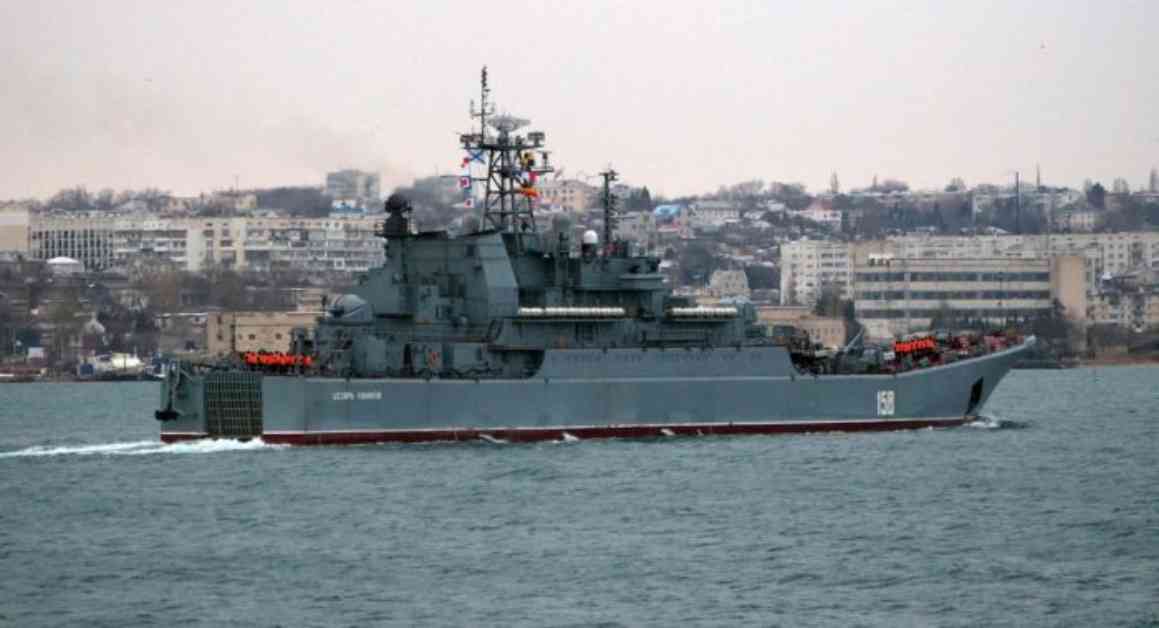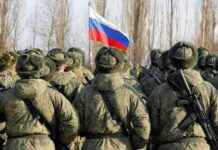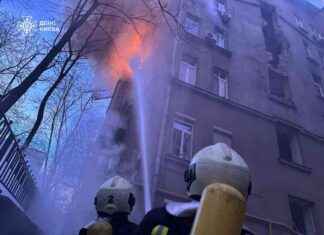Russian Navy Families Leave Crimea Amid Uncertainty
The situation in Crimea continues to evolve as families of Russian Black Sea Fleet crews are being compelled to return to Russia amidst growing uncertainty. Ukrainian Navy spokesperson Dmytro Pletenchuk revealed that the occupation fleet has effectively withdrawn from the peninsula, prompting the departure of these families. This development marks a significant shift in the region, with implications for both military strategy and civilian life.
Ukraine’s military has made significant strides in challenging the presence of the Russian Navy in Crimea. Advanced naval drones have played a crucial role in sinking or damaging approximately two dozen Russian ships of various sizes. Additionally, Ukrainian forces have successfully inflicted serious damage on the Crimean Bridge, a vital infrastructure link in the region. As a result of these actions, Russia has chosen to disperse most of its Black Sea Fleet away from Sevastopol, creating a new dynamic in the region’s maritime landscape.
The Impact on Russian Families
Amidst these military maneuvers, the human impact of these developments cannot be overlooked. Many Russian families are now faced with the reality of returning to Russia as their husbands, who are part of the Black Sea Fleet, have not been stationed in Crimea for over a year. Russian warships that were once a familiar sight in the region have now been relocated to Novorossiysk, with no immediate plans for a return. This shift has forced families to uproot their lives and seek stability elsewhere, away from the uncertain geopolitical landscape of Crimea.
The Significance of Caesar Kunikov
One key event that marked a turning point in Russia’s naval strategy was the sinking of the landing ship Caesar Kunikov. This incident, which occurred a year ago following strikes by Ukraine’s Defense Forces, had far-reaching consequences. Pletenchuk highlighted the significance of this event, noting that it led to Russia halting its naval logistics operations in the region. Caesar Kunikov’s destruction served as a stark reminder of the risks and challenges faced by military forces operating in contested waters.
The Aftermath of Russia’s Naval Retreat
In response to the changing dynamics in Crimea, Russia has had to adapt its logistical strategies to accommodate the shifting military landscape. With the decline in its naval capabilities, Russia has turned to civilian ferries to transport military cargo, a makeshift solution that underscores the challenges it faces. The absence of operational railway ferries previously used for military transport has further complicated Russia’s logistical chain, leaving its forces reliant on alternative means of transportation that blend military and civilian functions.
Looking Ahead
As the situation continues to unfold, the withdrawal of Russian forces from Crimea raises questions about the future of the region and the broader implications for maritime security in the Black Sea. The success of Ukrainian military strikes throughout 2023 and 2024 has played a significant role in shaping the current state of affairs, prompting Russia to reevaluate its presence in the region. The cessation of military vessel repairs in occupied Crimea further underscores the impact of these strategic developments on Russia’s naval capabilities.
In conclusion, the departure of Russian Navy families from Crimea signals a pivotal moment in the ongoing geopolitical dynamics of the region. As Ukraine asserts its military strength and challenges the presence of Russian forces, the consequences are felt not only on the battlefield but also in the lives of ordinary families caught in the midst of these turbulent times. The evolving situation in Crimea serves as a reminder of the complex interplay between military strategy, civilian life, and geopolitical interests in one of the world’s most contested regions.

















